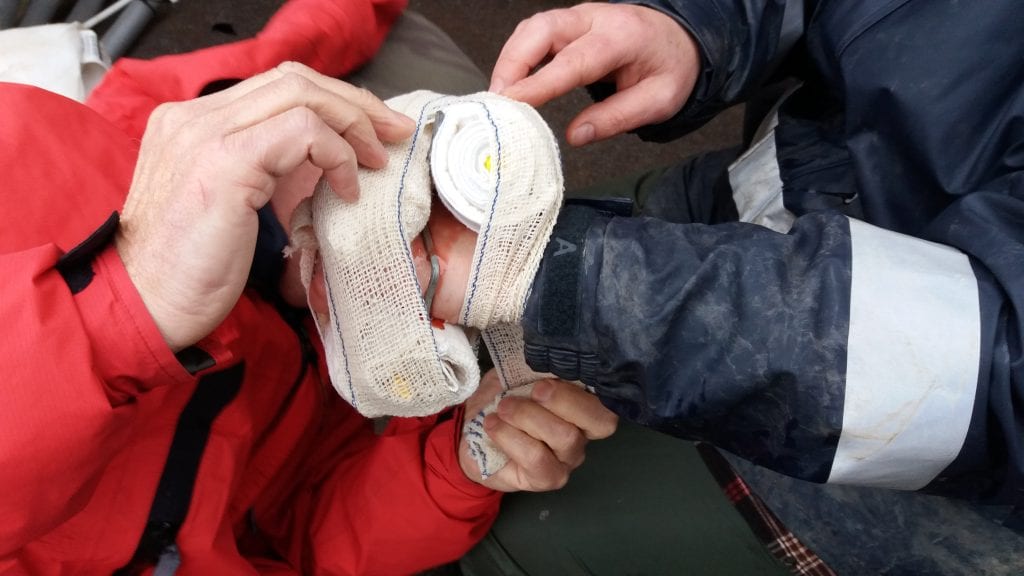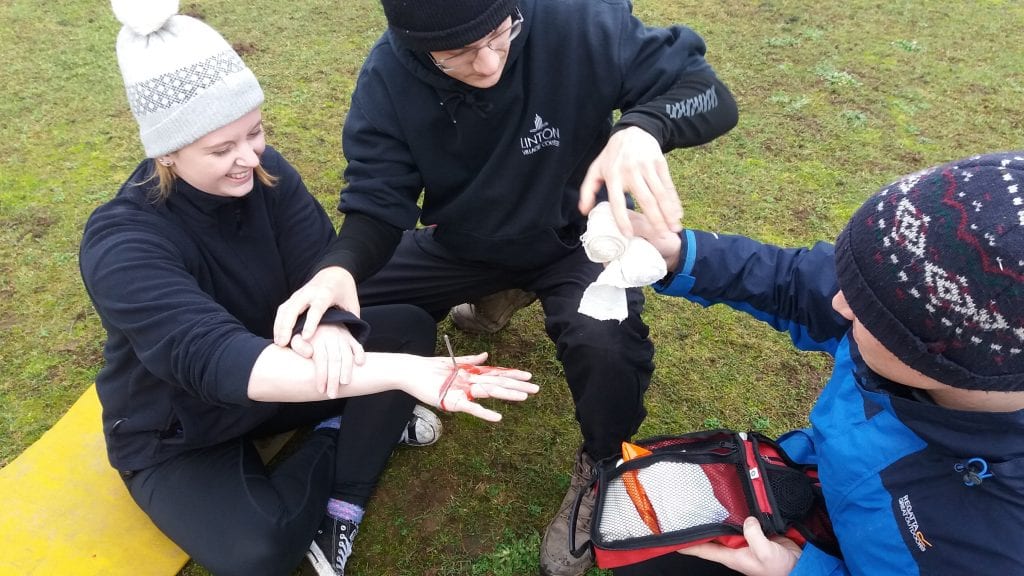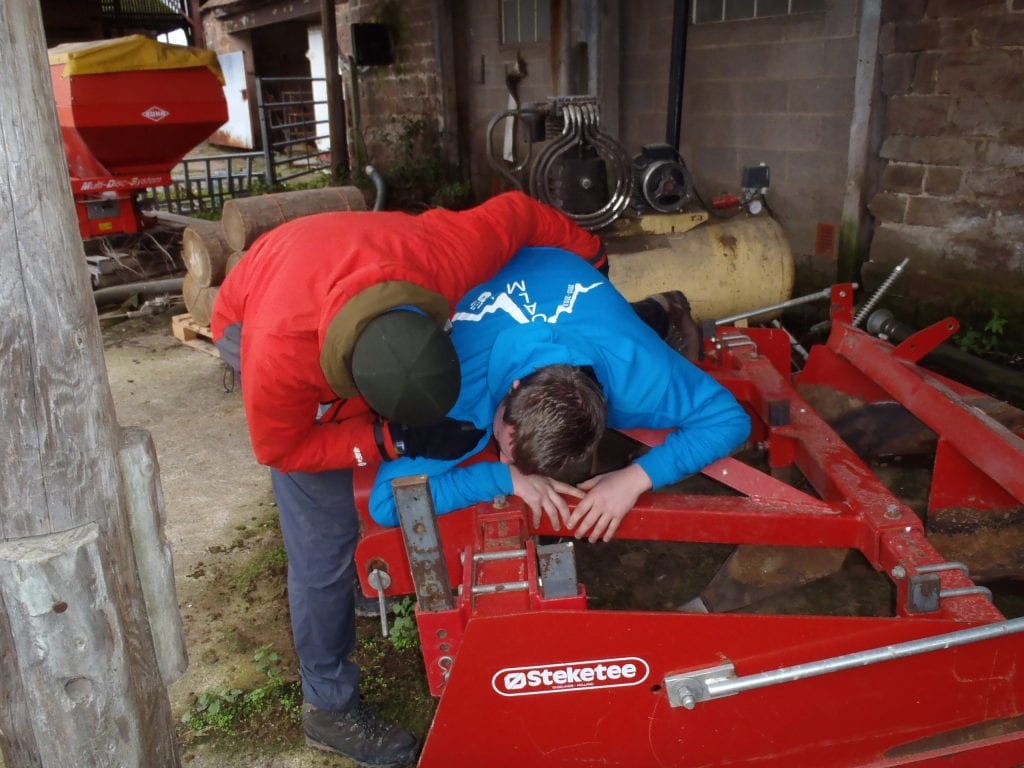First Aid at Work (FAW) course is designed for workplaces that would be classed as higher risk category (engineering, manufacturing, warehousing, construction, chemicals) and workplaces with a variety of underlying health conditions (heart problems, diabetes anaphylaxis, high blood pressure, etc) or for those organisations that wish to train their staff to a higher level than EFAW and have over 50 employees.
This course has four key outcomes :
- It enables a first-aider to give emergency first aid to someone who is injured or becomes ill while at work. ( EFAW also covers this )
- Equips the first-aider to apply first aid to a range of specific injuries and illnesses. ( EFAW aid does not )
- Employers have identified that a higher level of training is more appropriate to their needs.
- This course is more suitable for high risk workplaces.
If your unsure this is the course your staff require then please visit my page on what course for your workplace
This course is a relaxed and non-stressful learning environment. I aim to make the course as practical as possible and thus, help you gain confidence in providing aid in a work or home environment.
Costs : These are varied depending on numbers attending. Minmum group size is 4 and maximum is 24 ( over 12 has two instructors )
Venue : I come to your site ( England and Wales ) to deliver the course, thus saving costs and staff time
Dates : I offer these courses to organisations who wish to run their own course for staff. Therefore, dates can be arranged with the customer to suit their requirements.
Certification : As in line with all certification within the UK this course will be valid for 3 years.
C19 : All courses will be run following current guidance. No person attending is required to carry out practicals on another person ( we can use dummies and manakins ) and everyone will have their own manakin to use and thier own first aid kits to use ( all supplied ) Social distancing can be maintained. For further information regards C19 and the running of my first aid course please get in touch as all organisation will have different requirements, regulations and Risk Assessment to follow.
Learners will develop the first aid skills and confidence to help someone who:
- is unresponsive and breathing
- is unresponsive and not breathing, including how to use an automated external defibrillator (AED)
- is choking
- is bleeding
- is suffering from shock
- has burns
- feels faint
- has been poisoned
- has a head injury
- has hypothermia or heat exhaustion
- has an injury to a bone, muscle or joint (including spinal injuries).
Learners will also be able to help a casualty who is having a:
- seizure
- heart attack, including the administration of aspirin
- angina attack
- stroke
- asthma attack
- severe allergic reaction
- diabetic emergency.
The course also includes information on:
- assessing a casualty
- monitoring a casualty
- where to get help
- electrical incidents
- accident recording and reporting
- the control of substances hazardous to health (COSHH).





